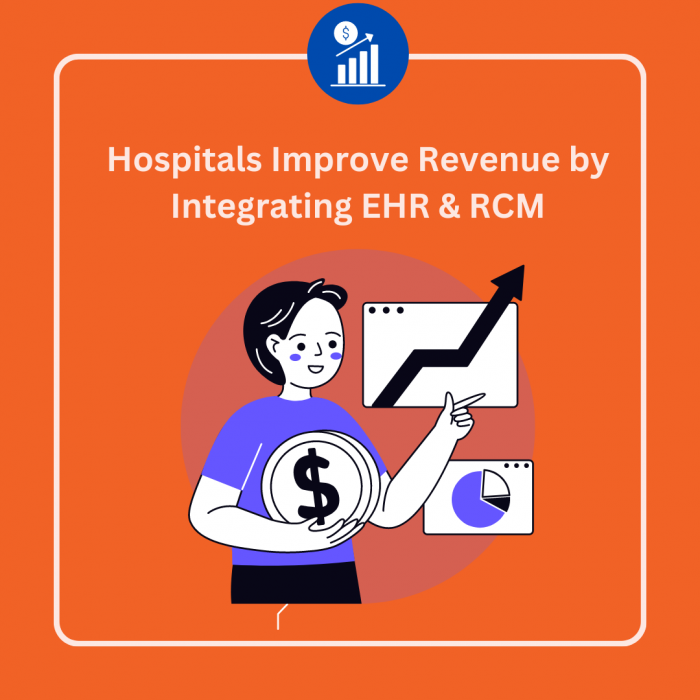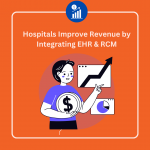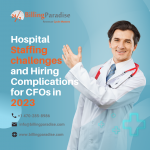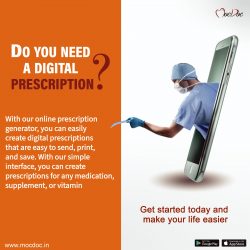Hospitals Improve Revenue by Integrating EHR & RCM
Healthcare providers have been using electronic health records (EHRs) for years now to manage patient care, allowing for efficient communication and record-keeping for consistent, high-quality treatment. However, it is also important for hospitals to consider the relationship between their EHR and Revenue Cycle Management (RCM). Integrating these systems can improve efficiency and increase revenue opportunities, allowing healthcare providers to focus more on patient care.
Combining EHR and RCM systems creates a unified system for managing patient records and billing. By integrating EHR and RCM, vital information from the EHR like patient demographics and appointment details are seamlessly transferred to the RCM platform, enabling the RCM to generate claims for payers with ease. One of the main advantages of integrating EHR and RCM systems is the reduction of administrative burden and inefficiency. Successful integration can enhance productivity throughout the billing and revenue cycle.
An actual case of a hospital improving its revenue cycle efficiency through EHR-RCM integration is Advocare, a sports medicine and wellness organization. By using automation in its RCM processes and integrating its EHR with eClinicalWorks (eCW), an EHR vendor, Advocare has achieved $1 billion in patient collections in three years. eCW has helped Advocare with EHR responsibilities such as scheduling patients, providing care, and documenting care, along with day-to-day RCM tasks such as claim submissions, denials, appeals, and cash collections.
The advantages of combining EHR and RCM systems include accurate patient and appointment information retrieval, automated claim editing and submission, automated payment posting and patient billing process, clear visibility of claim status, denials, and rejections, complete insight into the billing process, and enhanced communication between payers and providers. It is important to keep in mind that by using a specific RCM platform, you are investing in a tool that concentrates on a single area: ensuring reimbursement. Typically, all-in-one platforms do not have the capacity to develop a top-notch tool for every aspect of hospital management.
By integrating EHR and RCM platforms, there will be a smooth flow of data between the clinical tool and billing system. This will decrease the probability of errors from manual data transfer, which will result in more accurate claims, and fewer rejections and denials. The RCM platform can create automated workflows that edit and correct claims based on certain rules. These capabilities will also aid in reducing errors in the billing process, leading to more revenue for the practice.
Moreover, the integrated revenue cycle and EHR systems also save your team time by allowing a seamless flow of patient demographic and appointment data between the two platforms, making it easier to verify insurance or check claim status. If your billing team is small or your practice is busy, having automated workflows within the RCM tool can also reduce the administrative burden. These workflows can automate the process of editing claims, posting payments, and sending patient billing reminders, providing your team more time to concentrate on patient care.
Integrating EHR and the revenue cycle management platform can have a direct impact on your practice’s revenue. However, this integration will also benefit patients, which can result in higher patient retention and more referrals. Minimizing errors in the claims process means patients are less likely to face frustration or confusion during the billing process. Accurate cost estimates can foster patient loyalty and boost upfront collections.









